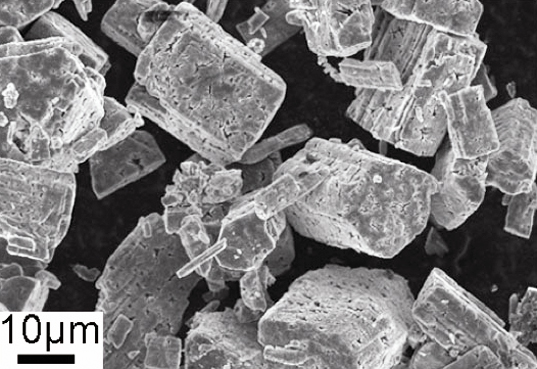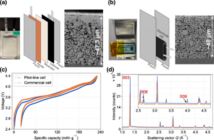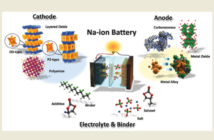
Batteries degrade over time for many reasons. Among them are temperature, overcharging and deep-cycling. The effect of these factors vary in each battery type. It is assumed that all batteries have their own degradation offender, depending on the battery’s design and materials. Until now, scientists are still trying to pinpoint what exactly wears down specific battery types in order to come up with a solution in making its energy-producing capabilities permanent.
One team under the US Department of Energy National Laboratories has unraveled one mystery surrounding battery degradation. By using a very sensitive transmission electron microscope (TEM), the scientists outlined a lithium-ion battery’s dynamics and tracked down the degradation patterns on a microscopic level.
A Closer Look At The Lithium-Ion Battery’s Chemical Reaction
In experimenting with the anode and cathode, the researchers have immersed the lithium-ion batteries in a liquid electrolyte and charged alternately, stopping at pre-determined time intervals. Using the TEM, they were able to map out contours of the battery’s energy-producing state in a readable outline called Electron Tomography. The battery’s nano-structure was digitally recreated in 3D form. Using this diagram, the scientists discovered that the chemical reactions inside lithium-ion batteries occurred in isolated spots instead of sweeping across the battery’s interior.
The isolated spots, as discovered by the research team, are the result of the leftover lithium-ions clinging to the channels as they pass through the anode and cathode,. These buildups are like salt formations that change the battery’s structure and cause other ions to move slowly and less-efficiently. Scientists have alluded to these buildups as “chinks in the anode’s armor.”
Irregularities Will Always Cause Formations
The study concludes that the main reason for the lithium-ion battery’s degradation is its imperfect components. Despite the fact that lithium-ion batteries are carefully constructed, there will always be a microscopic deficiency which may breed crystal formation. There’s a bigger chance of nanocrystal formation in high-density batteries—those which carry high voltages and can be charged in a faster rate.
Image Source: Inhabitat
Related Posts:
Infographic: Lithium-Ion Battery
What is a Deep Cycle Battery?
What is a battery anode?
What is a battery cathode?




